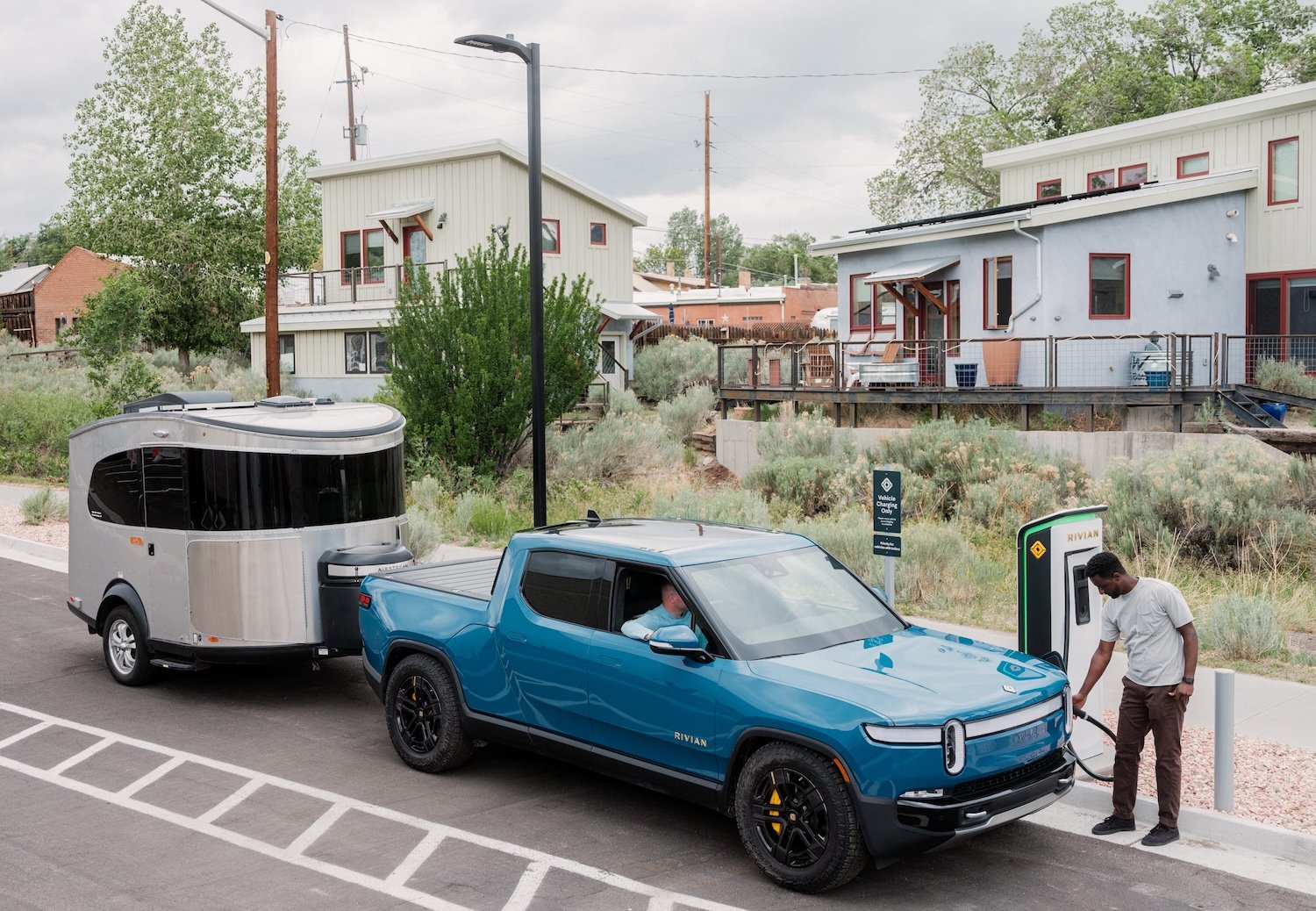Rivian (RIVN 2.62%) should have an exciting year ahead. Recently, hundreds of R2s -- Rivian's newest model -- were seen driving the streets of the U.S. Official production should begin in early 2026, giving buyers their first chance to buy a Rivian priced under $50,000.
When Tesla introduced its first affordable models -- the Model Y and Model 3 -- sales growth accelerated swiftly in the years that followed. But Tesla was able to take advantage of a key government subsidy that was just eliminated.

NASDAQ: RIVN
Key Data Points
Rivian will suffer in 2026 without this key subsidy
"Next year could be a pretty dreadful year for EVs in this country," predicts Morgan Stanley analyst Adam Jonas. Many EV buyers accelerated their planned purchases in order to take delivery before federal tax credits were eliminated last month. By doing so, they effectively reduced their purchase price by up to $7,500.
Naturally, this should depress demand in the final months of 2025, as well as parts of 2026, as buyers that would have purchased during those months have already done so, creating a demand overhang that may take many quarters to fully normalize.

Image source: Getty Images
Apart from this, future demand should also be lower. EV buyers are increasingly cost conscious. With EVs now effectively costing up to $7,500 more, expect demand to be more subdued than anticipated. That's especially true for Rivian given it expects to begin production of a low-cost SUV early next year: the Rivian R2. This vehicle is expected to be priced at around $45,000. It likely would have qualified for federal tax credits.
Rivian arguably won't suffer as much as other EV stocks like Lucid Group considering it will at least have a more affordable model on the market. But Lucid's vehicles largely didn't qualify for federal tax credits apart from a lease loophole. Regardless, Rivian now faces a more difficult 2026 without these tax credits.





